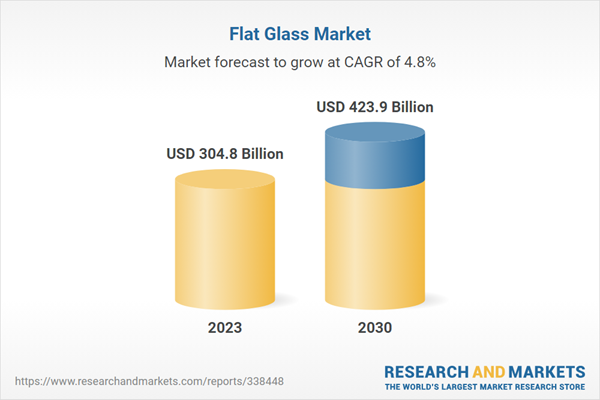Green low-e glass represents a revolution in the world of architecture and construction, conveying not only advanced technological advancements but also an allegiance to environmental sustainability. Architects and builders, today, seek materials that do not only perform optimally but also contribute towards a greener planet. Green low-e glass checks all these boxes, offering a high-performance and energy-efficient solution for modern buildings.

The driving force behind green low-e glass is its unique ability to minimize the amount of ultraviolet and infrared light that can pass through glass without compromising on the transmission of visible light. It achieves this through its multiple layers of microscopic metal or oxide coatings. These coatings reflect harmful radiation and heat, thereby keeping interiors cooler in summer and warmer in winter. This dual advantage greatly reduces dependency on artificial heating and cooling, substantially lowering energy bills and enhancing the comfort of the indoor environment.
The effectiveness of green low-e glass is unrivaled in terms of preserving energy, which translates to a substantial decrease in carbon footprints for new constructions and renovations. As global warming continues to pose significant threats, adopting green low-e glass is a step towards mitigating climate change and promoting sustainable living standards. This glass not only makes homes and buildings more comfortable but also plays a part in creating a healthier planet.

Experiencing green low-e glass firsthand reveals a tangible difference in building dynamics. Homeowners often report a noticeable improvement in temperature regulation within their homes. The controlled light transmission allows for enhanced brightness indoors without the associated heat, thanks to the glass's powerful insulating properties. This ensures that the quality of life inside such homes is elevated, allowing residents to enjoy natural sunlight without the relentless heat often associated with it.
green low e glass
From a technical standpoint, using green low-e glass necessitates an understanding of its properties and efficiencies to maximize its potential benefits. The choice of low-e coatings—whether hard coat or soft coat—varies depending on climate and specific architectural needs. An expert in the field would typically recommend a soft coat in cooler climates to prevent heat loss, while a hard coat is beneficial in hotter climates to reflect unwanted solar heat. This level of expertise in selecting the appropriate type and placement of green low-e glass demonstrates its versatility and importance in advanced building designs.
The adoption of green low-e glass is supported by a plethora of authoritative studies and reputable sources that attest to its benefits. It remains a subject of extensive research in the architectural community due to its outstanding thermal performance and environmental benefits. Key industry leaders endorse its application, further cementing its reputation as a trusted and verified component in energy-efficient building solutions.
From commercial skyscrapers to residential homes, the trustworthiness of green low-e glass is evident, both in performance and longevity. Builders and architects rely on its durability and effectiveness, appreciating the long-term savings in energy costs and its contribution to sustainable certification programs such as LEED.
In conclusion, green low-e glass stands as a paragon of modern, eco-friendly construction solutions. It seamlessly combines expertise in environmental science with advanced construction technology. For those embarking on building new structures or retrofitting existing ones, green low-e glass offers a compelling case for inclusion, promising significant energy savings, enhanced occupant comfort, and a positive environmental impact. As the world moves towards sustainable architectural practices, green low-e glass emerges as an essential ally, championing both innovation and responsibility.



